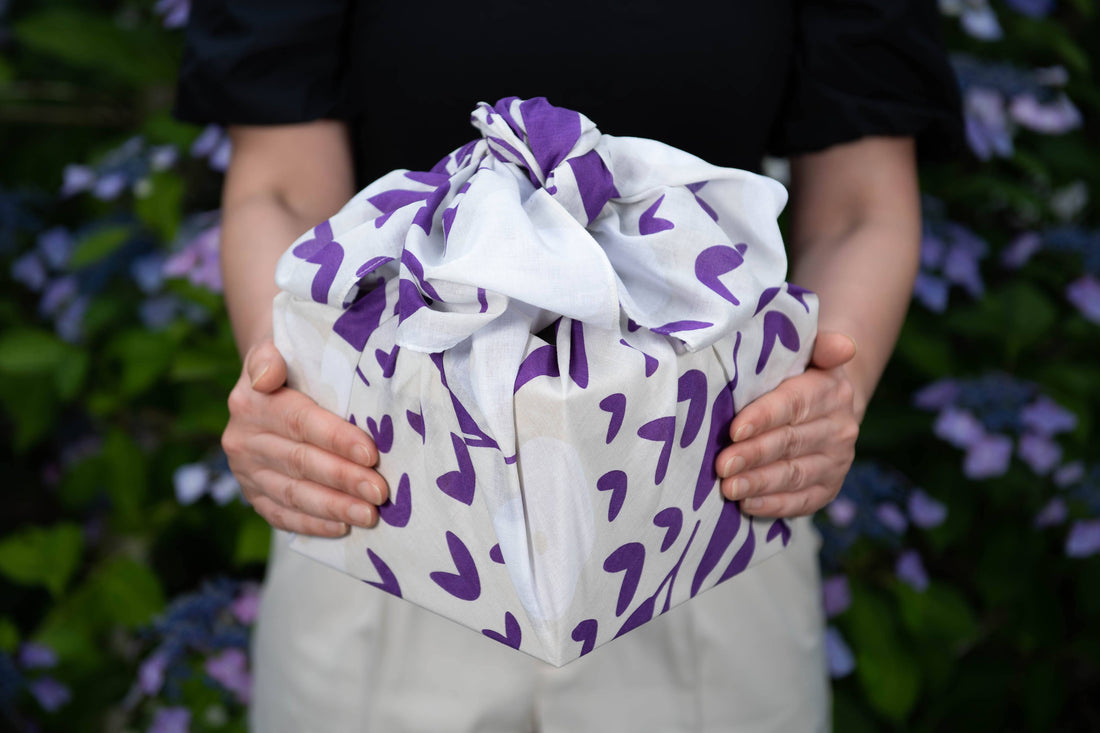
Thriving Japanese Wrapping Culture & Eco Friendly Furoshiki!!
The way of wrapping changes over time. Traditionally, Japan has a thriving wrapping culture, and the origata method of wrapping money and goods in Japanese paper was inherited as one of the etiquette rules of court nobles.
Before long, it became one of the cultures of the samurai class, and spread to the common people in the Edo period which starts from 1603 and it's taught at a girls' school until the early Showa period 1989.
The use of white washi paper as the basis of origata is considered to be a sign of cleanliness and purity, and the act of wrapping has long been favored by the Japanese as a means of conveying hospitality, courtesy, affection and gratitude.
When you receive a gift that has been wrapped in the way over nicely, it makes you feel as happy as if you had received another present and it gives you that excitement!
As the time goes by, Japan's wrapping culture has become more and more simple. Excessive packaging has gradually decreased considering the environment. Wrapping with furoshiki is starting to be reconsidered as an eco-wrapping tool that does not generate waste.
We can say that Furoshiki wrapping has history and cultural background and has reached the level of art. We'd like to share the Furoshiki wrapping technique to everyone in the world towards a sustainable goal!
